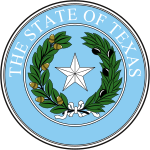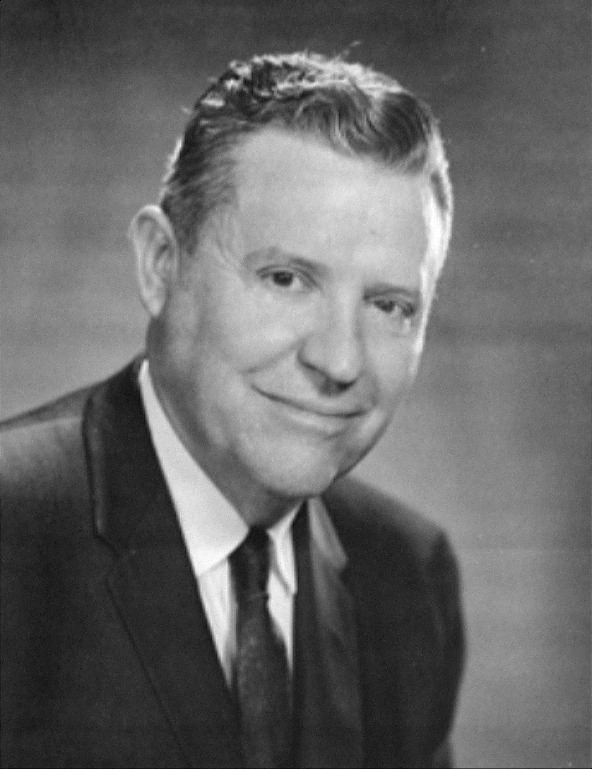
Ralph Webster Yarborough was a Texas Democratic politician who served in the United States Senate from 1957 to 1971 and was a leader of the progressive wing of his party. Along with Senate Majority Leader Lyndon B. Johnson and Speaker of the House Sam Rayburn, but unlike most Southern congressmen, Yarborough refused to support the 1956 Southern Manifesto, which called for resistance to the racial integration of schools and other public places. Yarborough voted in favor of the Civil Rights Acts of 1957, 1960, 1964, and 1968, as well as the 24th Amendment to the U.S. Constitution, the Voting Rights Act of 1965, and the confirmation of Thurgood Marshall to the U.S. Supreme Court. Along with Stuart Symington of Missouri and Mike Monroney of Oklahoma, Yarborough was one of only three Southern senators to vote for all five bills.

Robert Allan Shivers was an American politician who served as the 37th Governor of Texas. Shivers was a leader of the Texas Democratic Party during the turbulent 1940s and 1950s, and also developed the lieutenant governor's post into an extremely powerful perch in state government.

The 1956 United States Senate elections were elections for the United States Senate that coincided with the re-election of President Dwight D. Eisenhower. Although Democrats gained two seats in regular elections, the Republicans gained two seats in special elections, leaving the party balance of the chamber unchanged.
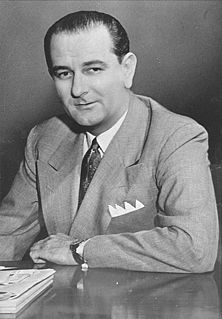
The 1954 United States Senate elections was a midterm election in the first term of Dwight D. Eisenhower's presidency. Eisenhower's Republican party lost a net of two seats to the Democratic opposition. This small change was just enough to give Democrats control of the chamber with the support of an Independent who caucused with them.
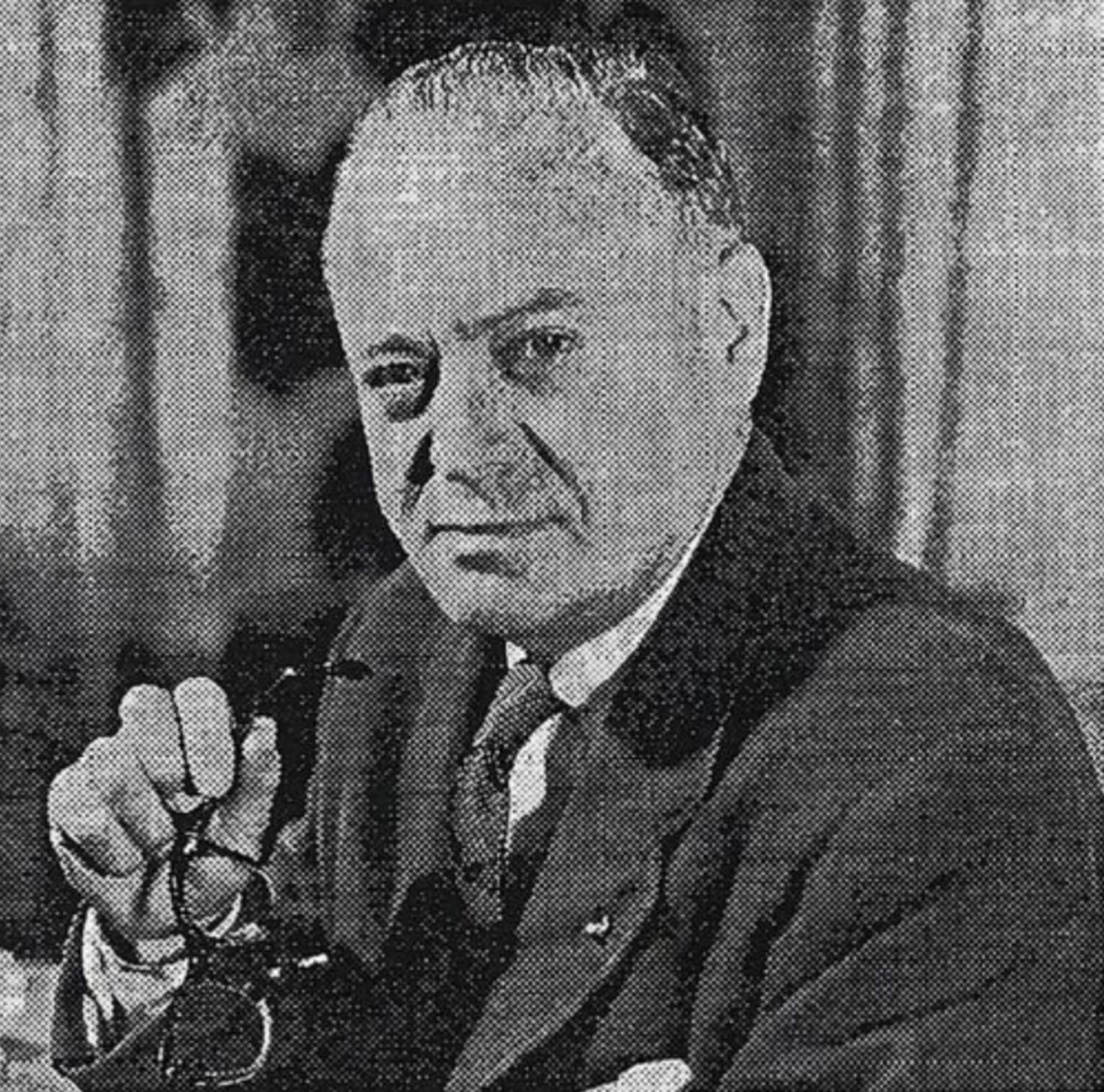
The 1952 United States Senate elections was an election for the United States Senate which coincided with the election of Dwight D. Eisenhower to the presidency by a large margin. The Republicans took control of the senate by managing to make a net gain of two seats, which was reduced to one when Wayne Morse (R-OR) became an independent. The Republicans still held a majority after Morse's switch. This election was the second time in history that the party in power lost their majority and the Senate Majority Leader lost his own re-election bid.

William Arvis "Dollar Bill" Blakley was an American politician and businessman from the state of Texas. He served two incomplete terms in the United States Senate, the first in 1957, the second in 1961. Blakley was part of the conservative wing of the Texas Democratic Party and is remembered for running against liberal Democrat Ralph Yarborough in the 1958 election and losing to Republican John Tower in the 1961 special election, yielding the first Republican senator from Texas since Reconstruction.

This is the electoral history of Adlai Stevenson II, who served as Governor of Illinois (1949–1953) and 5th United States Ambassador to the United Nations (1961–1966), and was twice the Democratic Party's nominee for President of the United States, losing both the 1952 and 1956 presidential general elections to Republican Dwight D. Eisenhower.
Jack M. Cox was an oil equipment executive from Houston who was the 1962 Republican gubernatorial nominee in the U.S. state of Texas.

The 1970 Connecticut gubernatorial election was held on November 3, 1970.

The 1954 Texas gubernatorial election was held on November 2, 1954, to elect the Governor of Texas. Incumbent Democratic Governor Allan Shivers was overwhelmingly reelected in the general election after defeating future Senator Ralph Yarborough in the Democratic primary.

The 1952 United States presidential election in Illinois took place on November 4, 1952, as part of the 1952 United States presidential election. State voters chose twenty seven representatives, or electors, to the Electoral College, who voted for president and vice president.
Democrat William Proxmire won a special election to fill the vacancy created by the death of Senator Joseph R. McCarthy (R-WI). Also, Price Daniel (D-TX) left the Senate to become governor of Texas, and Democrat Ralph Yarborough won a special election for that Senate seat. The Democrats thus made a net gain of one seat. However, Congress was out of session at the time of the Democratic gain in Wisconsin, and the Republicans gained a Democratic-held seat only weeks after the next session started, when Republican John D. Hoblitzell Jr. was appointed to fill the vacancy created by the death of Senator Matthew M. Neely (D-WV).

The 1984 Utah gubernatorial election was held on November 6, 1984. Republican nominee Norman H. Bangerter defeated Democratic nominee Wayne Owens with 55.87% of the vote, becoming Utah's first Republican governor in 20 years.

The 1954 South Dakota gubernatorial election was held on November 2, 1954.
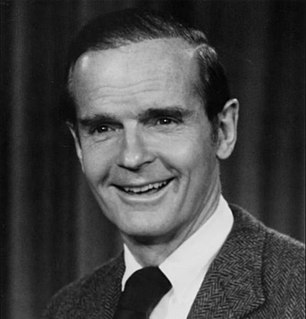
The 1954 Wisconsin gubernatorial election was held on November 2, 1954.

The 1952 Wisconsin gubernatorial election was held on November 4, 1952.

The 1952 Arkansas gubernatorial election was held on November 4, 1952.

The 1950 Texas gubernatorial election was held on November 7, 1950.

The 1948 Arkansas gubernatorial election was held on November 2, 1948.
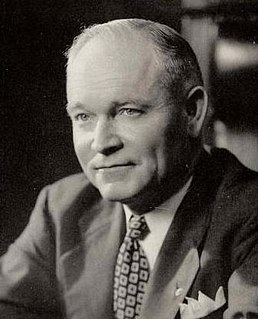
The 1946 Arkansas gubernatorial election was held on November 5, 1946.
